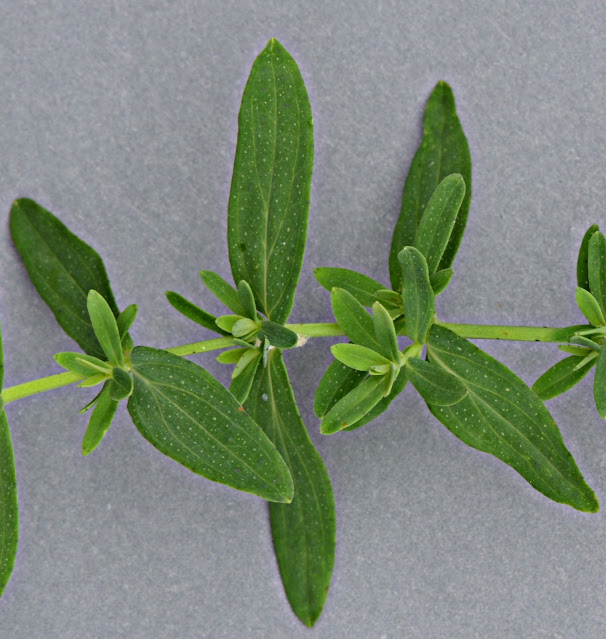 |
| Early Meadow-Rue Thalictrum dioicum |
This little plant has become one of my favorites since I only see them on steep, partly shaded hillsides. I found it hard to get near one to shoot. The other species of Thalictrum that I've seen are either in open fields or flat woodlands. Rue Anemone is in this genus, which is weird since they have way prettier flowers.
There is no evidence that Native Americans used this plant for medicinal or any other purpose. They probably just didn't want to go to all the trouble of collecting it when there were so many other plants that were easy to get.
If you Google Thalictrum you'll find that the vast majority of hits have to do with gardening. Apparently, this genus has been cultivated a lot to make different varieties suitable for the garden.
 |
| These are the staminate flowers. The pistillate flowers are even less showy. |
 |
| The leaves don't have the wavy teeth like other Thalictrum's. |











